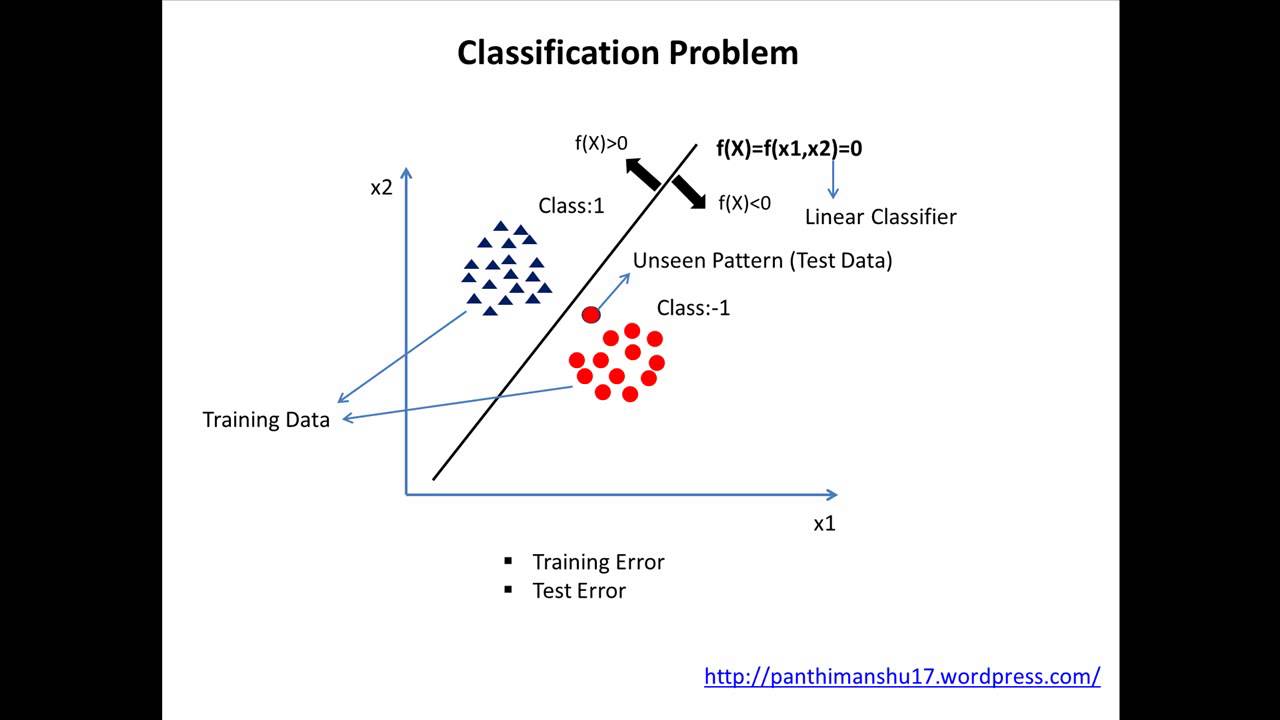The Vapnik-Chervonenkis dimension (VC dimension) is an important concept in the realm of computers, programming, and cybersecurity. It measures the expressive power and complexity of learning algorithms and how much they can learn from a given set of data. The VC dimension was first proposed by Vladimir Vapnik and Alexey Chervonenkis in 1964 and is used to gauge the capacity of a statistical learning system to fit and ‘learn’ data.
The concept of VCdimension refers to the smallest number of data points that a learning algorithm can “shatter.” A “shatter” indicates the ability of a dataset to separate families of points into two distinct clusters. A simple dataset with only two observations is able to distinguish between two points, but is limited in expressive power. The Vapnik-Chervonenkis dimension (VC dimension) gives the upper bound of the size of the set of points that a learning system can separate into two distinct clusters.
VCdimension is used to measure the capabilities of different types of algorithms and quantify the complexity of systems they can learn from. Different algorithms may have different VCdimensions, allowing for comparison between them. Generally, the higher the VCDimension, the greater the power and expressive ability of the algorithm, but this comes with increased computational cost and decreased efficiency.
The VC dimension is often used to analyze artificial intelligence (AI) systems and algorithms, to compare and evaluate their efficacy in various tasks. In cybersecurity, the VCdimension is used to measure the capacity of an algorithm to identify and respond to potential threats.
In addition to analyzing algorithms, the Vapnik-Chervonenkis dimension is used to assess the complexity of a given dataset. It is an important tool in understanding and optimizing data analysis processes, particularly in the field of machine learning.
The Vapnik-Chervonenkis dimension is an important concept in computers, programming, and cybersecurity, as it provides an insightful measure of the expressive power of learning algorithms. It is used to compare the performance of different algorithms and to assess the complexity of datasets. Ultimately, knowledge of the VCdimension can be used to improve data analysis and the implementation of AI systems.






